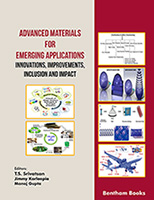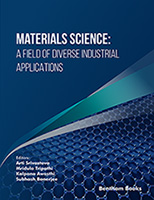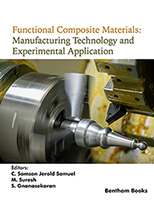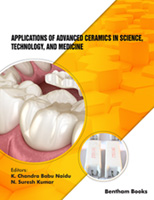Introduction
Solid Oxide Fuel Cells (SOFCs) have received great attention among researchers in the past few decades due to their high electrochemical energy conversion efficiency, environmental friendliness, fuel flexibility and wide range of applications. This volume is a contribution from renowned researchers in the scientific community interested in functional materials for SOFCs. Chapters in this volume emphasize the processing, microstructure and performance of electrolyte and electrode materials. Contributors review the main chemical and physical routes used to prepare ceramic/composite materials, and explain a variety of manufacturing techniques for electrode and electrolyte production and characterization. Readers will also find information about both symmetrical and single fuel cells. The book is a useful reference for students and professionals involved in SOFC research and development.





